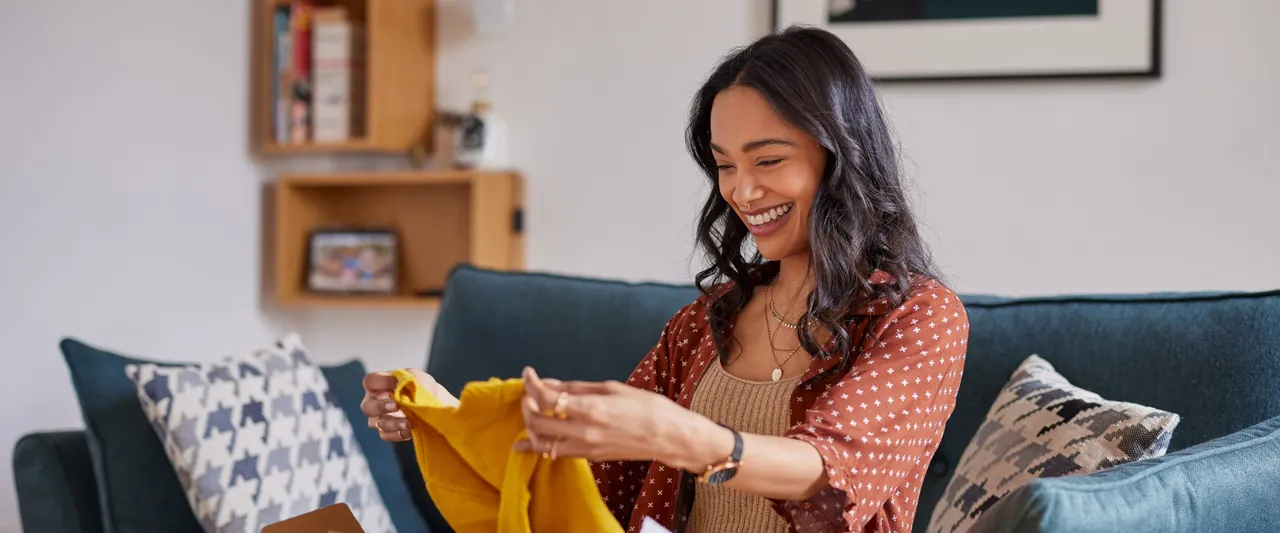8 Ways Image Search is Changing Ecommerce Business
Have you ever heard the old saying that “a picture is worth a thousand words?” Well, these days and times, a photo is worth a thousand searches. Image searches have become a significant component of the online activities of consumers. According to Moz.com, almost 27% of web searches are conducted on Google Images.

Distribution of US Searches
Google Images is one of the largest mediums for online searching, second only to Google.com. This data presents a significant opportunity for companies to capitalize on channel image searching toward ecommerce success. If a company produces quality images, understands Google’s algorithms, and makes it easy for customers to go from an image to their ecommerce store, it can win big.
Here are eight ways image search is changing ecommerce.
1. Conducting Reverse Searches
Google Images allows consumers to search for items by taking photos and doing a reverse image search to find pictures that relate to the item. Companies can use this to their advantage by uploading a file of every product they have to their online store. Annotating these images with descriptive titles and alt texts, they can ensure that the Google search crawlers understand what the image is about. Once the images are crawled and indexed by Google, customers can easily find photos of images that relate to what they are searching for.
2. A More Immersive Image Experience
Google has realized the impact image search has had on consumers, and they have made it easier for customers to become more engaged with photos related to online marketplaces. The search engine giant has removed the “View Image” button so that customers can see an image in the context of the webpage it sits on. Not only does this make the picture more attractive, but it also makes it a lot more likely for consumers to make their way to the home webpage. The goal should always be to steer customers from the image to the ecommerce website.
3. Keyword & Alt-Text Optimization
These days, image related keywords and alternate text are just as relevant as standard SEO for blogs or web copy. Alternative text ensures that if an image does not load, customers can see a description of the photo and ultimately decide to click further to see the image. The alternative text also helps Google search index bots better understand the image and categorize it accordingly. By not attaching keywords to images, your company is wasting a valuable opportunity to show up in crucial searches your consumers are conducting.
4. A Platform for User-Generated Images
It helps tremendously if customers can see others enjoying your products. Uploading and appropriately naming user-generated content can go a long way in attracting new customers. Mine your customer relationship management (CRM) tool to find your most engaged customers, and ask them to share their experiences with your products on Twitter, Facebook, or Instagram. Many CRM software tools have features that help you use customer influencers to promote your brand. You can then attach these graphics to your ecommerce store and connect them to your brand. While customers search for items related to your company, they can come across photos of customers engaging with your products.
5. The Importance of Voice Search
That alternative text is not just a way for Google to categorize images, it can also be an excellent way for customers to find your product using voice search. With mobile phones and applications like Siri and Google’s Search Assistant, it is becoming more common for consumers to use their voice to search for text-based information and images. This is why photo file naming and alternative text titles are critical to putting pictures in a category where they can be easily found by consumers as well as quickly lead customers to the ecommerce website.
6. Scan-In-Buy App Technology
It is no coincidence that smartphones are a part of this image search revolution. Consumers use phones to find and purchase products. Some companies use apps to make it easier for consumers to search for items through images. Neiman Marcus has been a forerunner in this area with their Snap, Find, and Shop mobile app. The application allows customers to find products in the Neiman Marcus marketplace by snapping photos of shoes or clothing. The mobile app will then find items that are similar to the photos uploaded. Companies can make shopping for items convenient by allowing customers to take advantage of the same technology.
7. Other Platforms are Getting the Message
Google Images has a lead on advanced image search capabilities, but they are not the only ones with tools ecommerce sites can utilize. Amazon has a platform called Spark that allows customers to find shoppable images that will take them back to the main ecommerce page. Pinterest has a visual discovery tool, and eBay has updated its AI to enable customers to search for items using images. There are numerous tools that companies can take advantage of if they want their pictures to steer customers toward their ecommerce site.
8. The Inclusion of Visual Search Chatbots
Traditionally, chatbots have only been able to respond to text questions and commands. Today, the scope of what chatbots can do has changed. Some companies are now using visual search chatbots. This tool reveals new products to customers based on images that are placed in the chatbot window. Visual chatbots can also handle basic questions from customers, vastly improving the overall customer experience. This action eliminates the time and cost associated with having an employee handling these inquiries.
Final Thoughts
For the past decade, we have heard of the impact of SEO, quality blog content, and sharp web copy. Most of us recognize that text, video, and social media are essential to driving ecommerce sales. However, it is less likely to hear about the effect of photos. Companies are missing out on the traffic and sales quality images can bring to online sales efforts.
Utilizing alternative texts, app technology, and tools like visual chatbots can put products right in the front of customers. Companies have to remember that consumers are looking for convenient ways to research products, and snapping a photo fits the criteria. If a company choose a vendor of custom ecommerce development services that takes into account the importance of image search, it can turn customer image searches into a profitable strategy.













